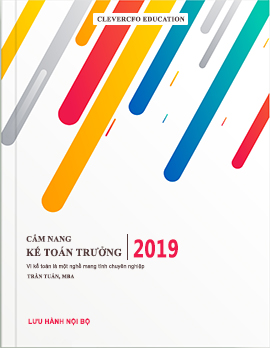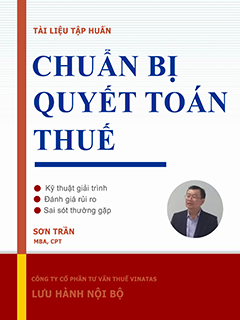21. In using the FIFO retail method, the current period cost-to-retail percentage includes both net markdowns and net markups.
a. TRUE
b. FALSE
22. Under the retail inventory method:
a. A company measures inventory on its Statement of Financial Position by converting retail prices to cost
b. A company measures inventory on its Statement of Financial Position on a LIFO basis
c. A company measures inventory on its Statement of Financial Position at current selling prices
d. None of the above is correct
23. When using the gross profit method to estimate ending inventory, it is not necessary to know:
a. Beginning inventory
b. Cost of goods sold
c. Net purchases
d. Net sales
24. Purchase returns and purchase discounts are ignored when computing cost-to-retail ratios for the retail method.
a. FALSE
b. TRUE
25. The cost-to-retail percentage used in the retail method to approximate average costs considers both markdowns and markups.
a. FALSE
b. TRUE
26. Net realizable value is selling price less costs of completion and disposal.
a. FALSE
b. TRUE
27. The purpose of ceilings and floors in LCM is to prevent profit distortion.
a. FALSE
b. TRUE
28. Losses on reduction to LCM may be charged to either cost of goods sold or to a current loss account.
a. FALSE
b. TRUE
29. Inventory written down due to LCM may be written back up if market values increase.
a. FALSE
b. TRUE
30. Under the LIFO retail method, the current period cost-to-retail percentage includes both net markdowns and net markups.
a. FALSE
b. TRUE
a. TRUE
b. FALSE
22. Under the retail inventory method:
a. A company measures inventory on its Statement of Financial Position by converting retail prices to cost
b. A company measures inventory on its Statement of Financial Position on a LIFO basis
c. A company measures inventory on its Statement of Financial Position at current selling prices
d. None of the above is correct
23. When using the gross profit method to estimate ending inventory, it is not necessary to know:
a. Beginning inventory
b. Cost of goods sold
c. Net purchases
d. Net sales
24. Purchase returns and purchase discounts are ignored when computing cost-to-retail ratios for the retail method.
a. FALSE
b. TRUE
25. The cost-to-retail percentage used in the retail method to approximate average costs considers both markdowns and markups.
a. FALSE
b. TRUE
26. Net realizable value is selling price less costs of completion and disposal.
a. FALSE
b. TRUE
27. The purpose of ceilings and floors in LCM is to prevent profit distortion.
a. FALSE
b. TRUE
28. Losses on reduction to LCM may be charged to either cost of goods sold or to a current loss account.
a. FALSE
b. TRUE
29. Inventory written down due to LCM may be written back up if market values increase.
a. FALSE
b. TRUE
30. Under the LIFO retail method, the current period cost-to-retail percentage includes both net markdowns and net markups.
a. FALSE
b. TRUE









